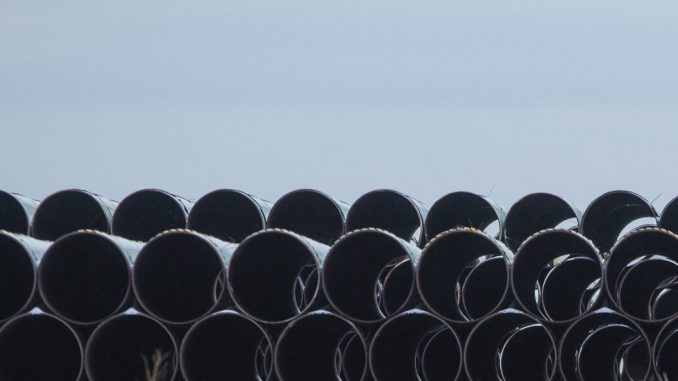
As one of the hardest wearing and resistant materials on the planet, alumina is an attractive option when it comes to lined steel pipes.
Alumina is the shortened way of saying aluminium oxide, a chemical compound of aluminium and oxygen. It occurs naturally and makes up approximately 15 percent of the chemical composition of the Earth’s crust.
It can be found in very high levels in many naturally occurring minerals. When these minerals are processed and refined, they can make alumina ceramics.
A wide range of industries use alumina ceramics, benefiting from the materials high resistance to, well, pretty much anything.
Alumina tubes are used within ovens and furnaces for heat-resistant supports and injector rods. Alumina insulates electrical connections.
In mines, power plants and other highly abrasive environments, alumina-filled epoxy paste is applied to machine parts and surfaces to protect against impact damage and wear.
But what about the world of pipelines? From thermal power to mines and quarries to petrochemical plants, the resistance offered by alumina has uses in some of the most intense industries where pipes operate.
Here are some of the benefits to those industries of installing alumina ceramic lined steel pipes.
Corrosion and chemical resistance
Alumina is a neutral material with stable chemical properties. Because it is so hard wearing, it offers excellent protection against chemical attack, whilts its corrosion resistance is 10 times that of stainless steel.
In desalination plants or facilities running seawater cooling system, alumina lined steel pipes will not erode as quickly as other, lesser protected pipelines.
Alumina is resistant to various inorganic acids, organic acids and organic solvents. This makes it a popular material in the chemical industry.
Wear resistance
The use of alumina to create impact resistant surfaces show how resistant it is to wear. When pipes are carrying abrasive materials like coal, ash or slurry, lining with alumina is one of the most effective solutions for protecting steel against damage.
When the alumina content of the ceramic lining applied is higher than 90 percent, it will have a Mohs hardness of nine. This wear resistance is 10 times that of quenched medium carbon steel and better than tungsten carbide.
Temperature resistance
Alumina ceramics offer excellent temperature resistance at both ends of the scale. Going up, they can withstand heat in excess of 1500℃.
Long-term, alumina can continuously operate at temperatures between -50℃ and 900℃. Whether a pipe is carrying a load which is extremely hot or desperately cold, alumina is well suited to protecting the steel outer.
Extended lifespan
With high resistance to corrosion, chemicals, wear, abrasion and resistance, the lifespan of alumina lined steel pipes is greater than most other materials.
The cost of replacement and assembly is therefore significantly reduced, whilst there is much lesser chance of breakdown or line failure requiring emergency pipe repair.
Easy installation
Compared to the likes of steel, alloy and cast iron, alumina lined pipes are lightweight. This makes them easier to transport and install, further reducing costs.
They are also installed by a range of processes. Depending on the environment, size and purpose of the alumina lined steel pipe, it can be connected via welding the outer steel, through other welding techniques or by flange and flexible quick joints.

Leave a Reply